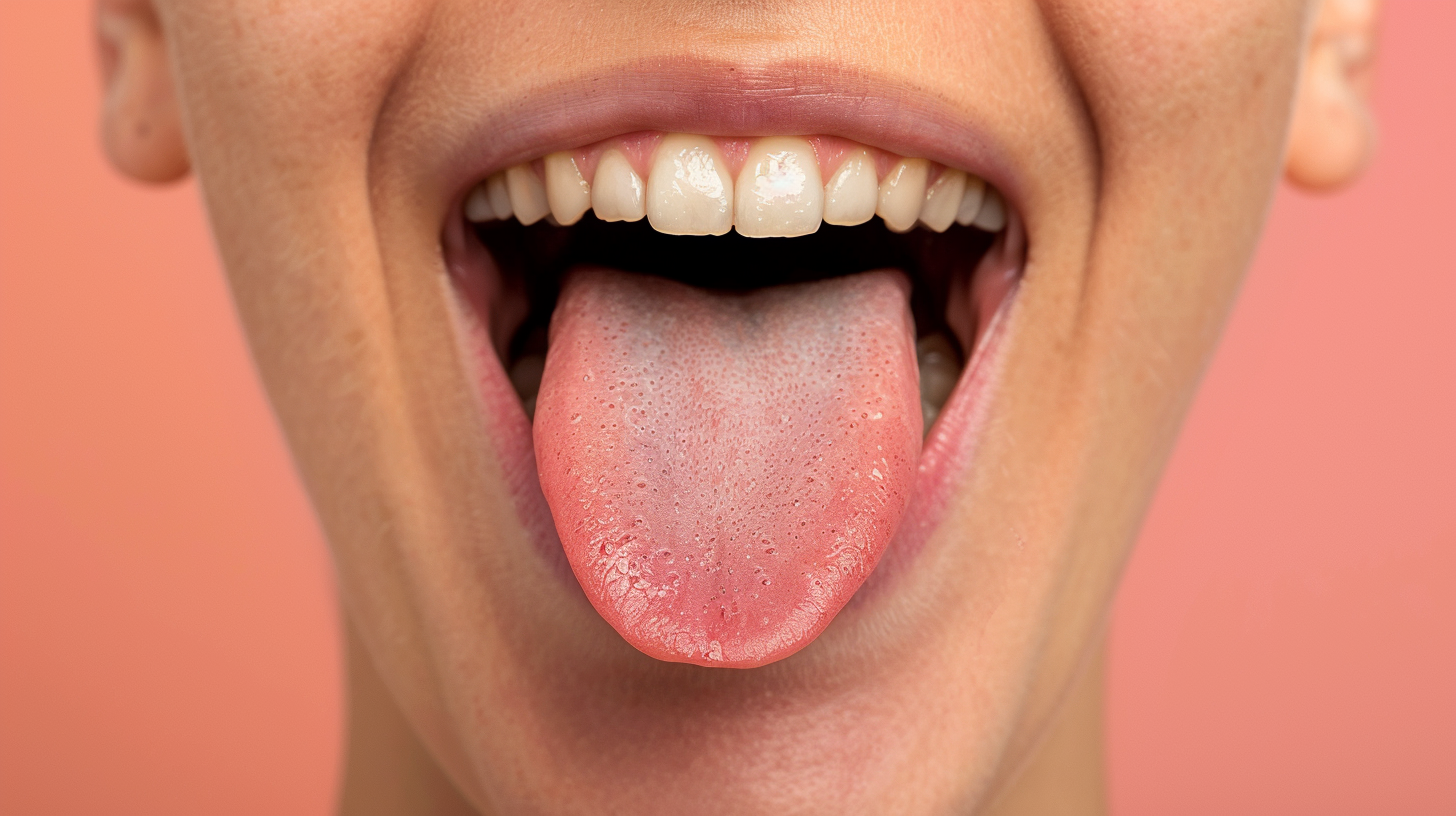Introduction: Not All Snoring Is Just About Sleep
Snoring is often treated like a nuisance—but it’s actually one of the most visible signs of airway instability, especially when posture is involved. At BreatheWorks, we consistently see that poor daytime posture—forward head, slouched spine, collapsed chest—can directly worsen nighttime airway collapse and snoring.
Your airway doesn’t exist in isolation. It’s part of your posture.
How Posture Contributes to Snoring and Airway Collapse
When you lie down at night, your posture follows you. People with poor alignment often experience:
- Retracted tongue due to low tone or mouth breathing
- Narrowed pharyngeal space from forward head and cervical compression
- Increased pressure on soft tissues in the throat and jaw
- Reduced diaphragm excursion, leading to shallow breathing
- Mouth opening during sleep, which worsens vibration and airflow turbulence
Together, these can lead to:
- Snoring (soft or loud)
- Obstructive sleep apnea (OSA)
- Frequent awakenings or arousals
- Poor oxygenation and shortness of breath during sleep
- Morning headaches, dry mouth, and fatigue
Real-World Case: A 42-Year-Old Engineer with Loud Snoring and Daytime Fog
A patient’s partner reported nightly loud snoring and periodic gasping. He complained of brain fog, low motivation, and morning tension in his jaw and neck. He was skeptical about sleep apnea because he was “fit” and didn’t fall asleep during the day.
Assessment revealed:
- Forward head and rounded shoulders
- Mouth breathing at rest and while sleeping
- History of TMJ dysfunction and clenching
- Low tongue tone and poor nasal breathing habits
We implemented:
- Myofunctional therapy for snoring to retrain tongue rest and nasal breathing
- Postural corrections for both day and sleep positions
- Collaboration with a sleep dentist for airway imaging and sleep study referral
- Education on side-sleeping, pillow alignment, and mouth taping (if appropriate)
Outcomes:
- Snoring reduced within 3 weeks
- Greater alertness during the day
- Normal sleep study revealed upper airway resistance syndrome (UARS)
- Began preventative airway therapy to avoid progression to OSA
Why You Can’t Ignore Posture When Treating Snoring
Many patients with snoring or mild OSA are prescribed continuous positive airway pressure (CPAP). But without correcting the underlying structural collapse, CPAP may only mask symptoms.
Postural correction, tongue rehabilitation, and nasal optimization address:
- The shape and behavior of the airway
- The ability to maintain patency without artificial pressure
- The cause of collapse, rather than just the consequence
How BreatheWorks Helps Stop Snoring at the Source
We take a full-body approach to sleep and breathing:
✅ Myofunctional therapy for snoring to restore tongue strength and posture
✅ Postural coaching for day and night (sleep ergonomics)
✅ Collaboration with ENTs, sleep dentists, and pulmonologists
✅ Breathing retraining to optimize diaphragmatic control
✅ Guidance on adjuncts like CPAP, nasal dilators, or mouth taping—when appropriate
Signs Poor Posture May Be Causing Your Snoring
- Snoring that gets worse after sitting all day
- Tension in your neck or jaw in the morning
- Sleeping on your back makes symptoms worse
- Waking up tired even after 8+ hours of sleep
- Jaw clenching or TMJ pain upon waking
- A history of mouth breathing, allergies, or sinus congestion
Key Takeaways
- Snoring is often a postural and muscular issue—not just a sleep issue
- Alignment of the head, jaw, and neck influences airway patency during sleep
- Myofunctional and postural therapy can prevent airway collapse
- BreatheWorks treats the body as a system—day and night



